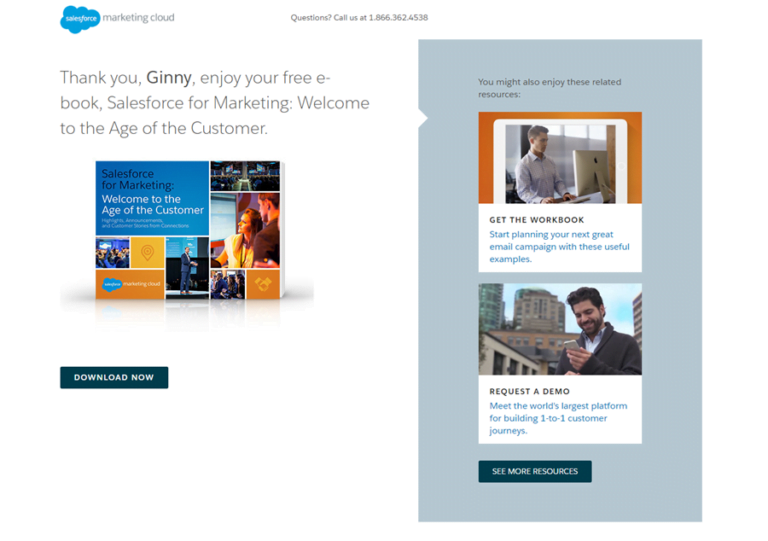
Online parties, border closures, and remote work – 2020 rightfully deserves the title of the most boring year for decades to come. But it’s not only pharmacists and technology giants who have earned their living during the pandemic. E-learning is a trend that has met its heyday beyond closed office and apartment doors.
How is the online education segment growing? Has quarantine become the main reason for the market boom? Is mass popularization natural? TOP companies, basic technologies, and the future of the industry – this and much more in our material below.
Distance Learning Industry
Table of Contents
Online learning is a relatively new form of distance learning, although, in one way or another, it has been on the market for decades. The market has started to grow long before the pandemic and is expected to reach $336.98 billion (with 9.1% average annual growth) by 2026. By the end of 2020, it’s expected to reach $190 billion.
In pre-crisis times, experts predicted growth in the U.S. e-learning segment to $6.22 billion for 2017-2022. Today, the leading positions in terms of investment in the market are occupied by the U.S., India, China, South Korea, the United Kingdom, and Côte d’Ivoire.
The growth of online education in the U.S. can be explained by a significant number of students who take additional courses apart from traditional education – this is followed by more than 30% of students. At the same time, 99% of them are in the United States. According to recent surveys, 52% of postgraduate students believe that online education at the university level provides a better learning experience than standard offline education.
In the EU, the e-learning market is headed by Germany – 8.5% growth per year, although the country’s economy is growing by only 1.9% annually.
Two Pillars of Online Education
These are the two main pillars on which the e-learning market is based – online courses and Massive Open Online Courses (MOOC). Although they have one thing in common – providing access to knowledge via the Internet – their presentation formats are different.
Online courses are programs that are entirely based on traditional university curricula. They are most often offered by accredited institutions, and classes are provided by educators and graduate students. Such online courses usually copy the requirements and recommendations of similar offline programs (including lecture schedules and deadlines for tasks.
MOOC is usually short, offline lectures. They are pre-recorded and are available 24/7. There is no deadline for such programs, and the course organizer does not necessarily teach in real life or work in a higher educational establishment.
According to expert forecasts, the MOOC market will grow annually by 29% (2020-2025), resulting in the fastest growing education industry. This means that the market turnover may reach $21.4 billion by 2025 (in 2019 it was estimated at $5.16 billion).
E-learning Market | Technologies and Trends
It’s hard to overestimate the importance of technologies for industry development. In the U.S. alone, investment in e-learning development services has already exceeded $13 billion. It seems that in the upcoming years, the e-learning segment will face an inevitable revolution.
AI and Online Learning Platforms
Online learning platforms and next-generation knowledge control systems will play a crucial role in individualized and online learning. The market for industrial applications and websites has already surpassed $350 million. AI-based learning technologies are expected to be soon widely used by traditional educational institutions.
Video Content
The most effective educational content is video materials. Judging by the results of surveys, this form of study is more preferable compared to text documents.
Virtual and Augmented Reality
More advanced technologies such as VR and AR are being applied everywhere these days. Due to their high cost, their mass diffusion is likely to start with large corporations ready to use such formats for employee professional development.
For example, companies from the Fortune 500 list such as Walmart, UPS, and Boeing have included virtual reality in their corporate training programs for employees in 2018. Thus, in partnership with Strivr, Walmart has developed training scenarios in VR format using Oculus headsets. Thanks to this technology, the retail giant can train employees right in the store: there is no need to send them on a business trip to other cities to attend classes in the company’s training centers.
UPS uses HTC Vive VR headsets https://www.vive.com/us/ to teach drivers how to recognize potential hazards on the road. And at Boeing, technicians use augmented reality technology to learn interactive 3D diagrams when installing and repairing aircraft wiring.
Smartphones and Digital Devices
Results from a recent survey indicate that 67% of U.S. college students have used mobile devices to perform all or some of their course-related activities.
The Future of Online Education
Innovative online and offline technologies are changing the life around us every year. It’s likely that in 20-30 years our children will no longer perceive learning in its current form, and education will become much more accessible.
No Offline Universities
Statistics show that the number of applicants to higher education institutions has been declining in recent years. For many, the opportunity to acquire new skills through the Internet can be a stimulus for education. One thing is for sure: if students have the opportunity to take an online course instead of an offline course, they are likely to take it.
Get Your Diploma From Any University
Colleges and universities will expand online learning as a strategic response to the high demand for education without the need for physical presence at universities. The United States has quadrupled the number of online enrollment in programs and courses over the past 15 years.
Get Your Diploma Via Your Smartphone
Mobile devices for online courses are used more often, and therefore, the development of iOS and Android apps will be a priority for all educational platforms.
Gamification
Gamification is another trend that will definitely change the future of e-learning. Moreover, gameplay approaches will find application not only in training programs for students or schoolchildren but also in the corporate sector. Augmented and virtual reality technologies will be developed in parallel with them, although their mass implementation will require more funds and time.
Zoom and Virtual Classrooms
During the self-isolation, Zoom became extremely popular: the number of its active users increased 47 times. It was also useful in education, where students needed visual contact with an educator to recreate live communication. “But a simple video call is not enough to explain the material as it is in the classroom,” – you might object. And you’ll be right! Modern children are not ready to sit and listen to the lecture – to interest them, the educator needs visual aids, presentation slides, or even a board and chalk – even if digital. For this purpose, virtual classrooms (e.g. Vedamo) are developed, and there will be more of them in 2021.
MOOC
MOOC is made up of three components: e-learning, free access, and interactivity. It’s the latter that differs MOOC from the free digital library: students not only read the theory and get hands-on tasks but also actively communicate with educators and each other. Due to the pandemic, the demand for accessible online learning skyrocketed, and MOOC has become a trend leader. Now there are more than 13 thousand open online courses in the world, and hundreds of millions of students have completed them.
The number of MOOC registrations will continue to grow in 2021. Thus, in Singapore, all adults are provided with an e-learning account SkillsFuture that costs $500. Thanks to this account, they can improve their skills and learn throughout their lives.
Flexible Learning
Jonathan Bergman, recognized in 2013 as one of the top 10 most influential educators in the U.S., says, “The classical education system wants all students to follow the pages of a textbook in steps, which is impossible. Everybody has their own pace. The key is to make sure students are actively engaged with the content and have something to do as they watch.” Bergman said.
It’s not only about the pace – everyone has their own plans, dreams, and educational trajectory. That is why effective e-learning in 2021 should be flexible and personalized to develop the strengths of each student to help them achieve their goals.
Conclusion
Many believe that e-learning is boomed only “thanks” to the pandemic, but it’s not quite so. Statistics show that the industry has only accelerated in its development, but the trend itself – the widespread introduction of online education, the creation of e-learning courses and interaction with educators without physical presence – has been with us for a long time, and, now, perhaps, will stay forever.






